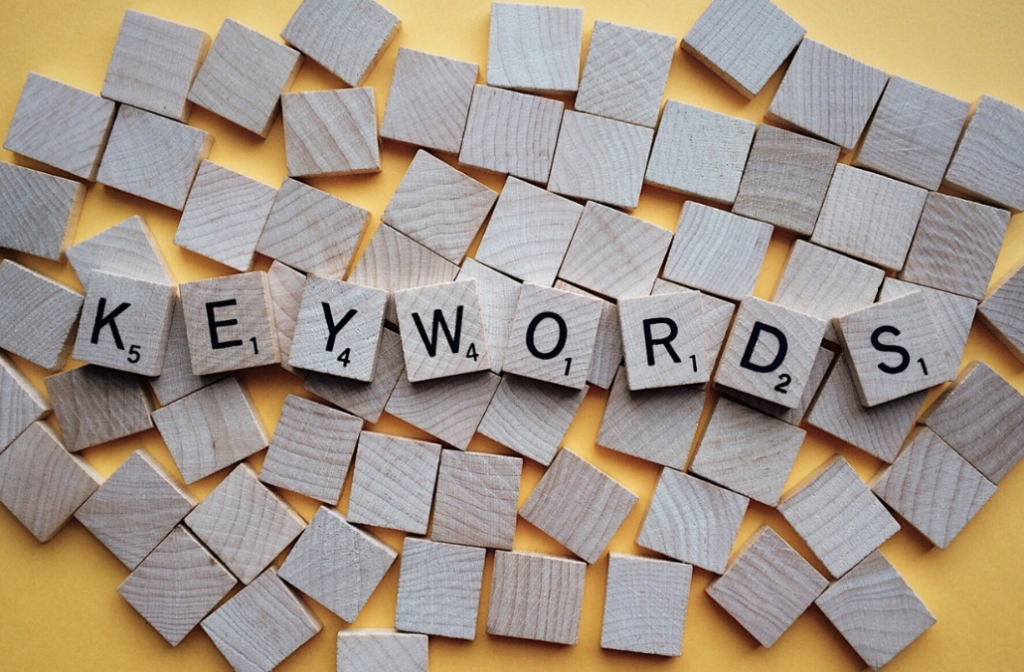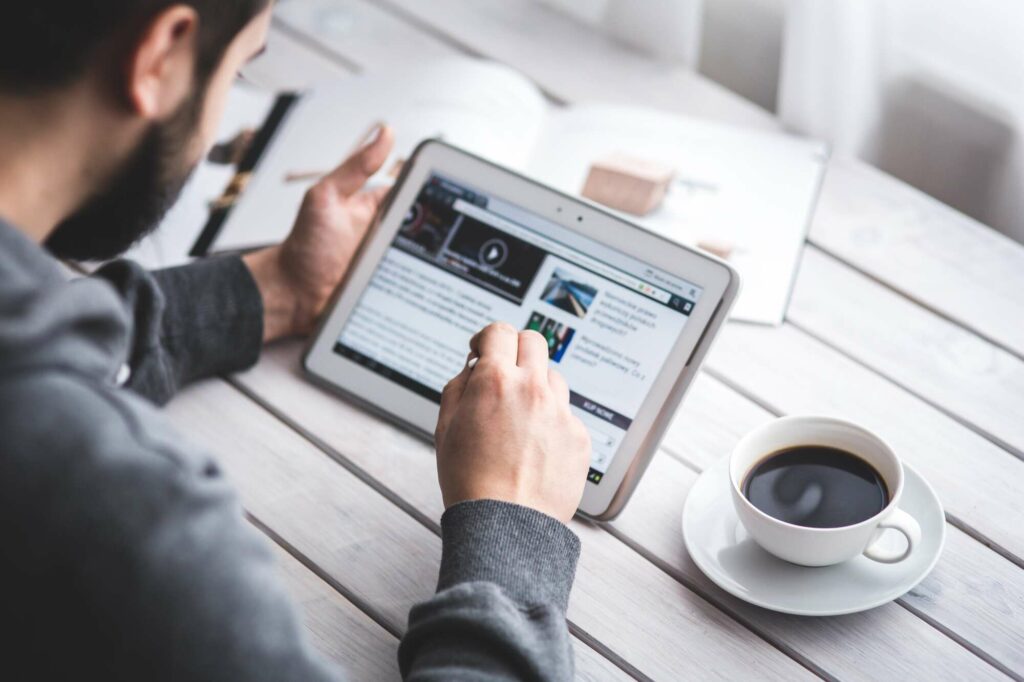SEO positioning is essential for your website, as it will help you gain positions in search engines.
There are many factors that can help you do this, such as keywords or images.
In Kiwop, we tell you how to optimize images at the SEO level.
Find out!
Search Engine Optimization, also known as SEO, consists of the application of a set of techniques and strategies that will allow you to position yourself in search engines and internet search engines.
In other words, SEO is about improving the visibility of a website so that it appears in better search results organically. For this, a set of strategies are used with which you will obtain long-term results, since it is a slow but continuous work.
When starting your SEO strategy you must take into account what your goal is. To do this you must make a study of the keywords that you are most interested in positioning.

If you need help improving your SEO, at Kiwop we are experts.
There are two types of positioning techniques: SEO On Page and SEO Off Page. Each of these techniques delves into different aspects of the website.
On-Page SEO encompasses everything related to the structure of a website, such as meta-tags, headers, content, images, etc.
What would be the “set-up” of a web page focused on search engine crawlers so that they can interpret the information.
Off-Page SEO is related to all those actions that are done outside the website. That is, those tasks related to the improvement in the authority of the domain. In other words, it is achieved through link building.
In addition to link building, but, you have to take into account that there are other types of techniques such as guest blogging, social networks or blogs external to your website and, there, you can share your content and get visits to your website, in addition to climbing positions in search engines.

Find out more about the importance of SEO positioning.
Optimizing image SEO is very relevant to help your website climb positions in search engines. This is because, the more information you provide to search engines, you will get a better position.
This is achieved, in the case of images, by providing a series of data that describe the content of each of them.
At Kiwop, we are experts in SEO positioning. Therefore, we present some of the benefits of properly optimizing the images of a website:
· Improves page speed
· Boost organic rankings
· Create a better user experience
Below, we provide you with a list of tips on how to do the SEO optimization of the images.
To create a good user experience, our recommendation is that you enrich the content and offer an appropriate context. To do this, you must check that the images you use are relevant and help to better understand the content.

It is also essential that you place, whenever you can, images near the text to which the image refers and that you leave the most important image near the top of the page.
Another element to keep in mind is that you include images frequently. Thanks to this, you will make the text more attractive and users will spend more time on your page. In this way, you will increase SEO.
Employing good quality images is essential. If you use low quality images or with pixels you will not generate a good user experience and, in addition, the search engine can penalize you for it.
Using a file name that represents the content of the image is critical. You should think that the name of the file indicates the content of the image, so the more descriptive it is, the better and more chances you will have that the search engine understands the content.
In addition, it is also essential that the name of the file contains the keywords that define the image in order to position it.
Alternative text is the label that search engines use to know what appears in the image and, not only that, but also shows the text in case the browser can not see the image in question.
Our recommendation is that you write an adequate description of the image with the keywords with which you want to position yourself.
Another element to take into account to improve the SEO positioning of an image is to add a description of it. This description should be more literal and extensive than that of the alt text.
Adding a caption to the image will be useful so that your readers know what the website is about quickly.
Surrounding the image with the content of the text is one of the most important factors, above all, focused on improving the SEO positioning of your website. To do this, we recommend that the images you use are aligned with the text they accompany.
The best formats for image SEO are JPG, PNG, and GIF. The JPG format is ideal for images with details and many colors. The PNG is ideal for flat images or with large spaces and, finally, the GIF that we will use only for animated images.
If to improve web positioning link building is fundamental, the same thing happens with images. That is why we recommend that you include links in your images, because the more links point to the image of your website, the better it will be positioned.
If you want to expand your knowledge about SEO or want to know how to improve the seo of your business, visit us at Kiwop.
Now you know how to optimize SEO through images.
What are you waiting for to start optimizing the images on your website?
If you have doubts, you can always consult us.
Contact us or follow us on our Instagram profile for more tips on digital marketing.
At Kiwop, we are specialists in content writing, digital marketing, web development and e-commerce.
Bet on optimizing SEO through images and scale positions in search engines.
If you want to have the website you want or increase the online visibility of your brand, we know how to do it.
Shall we start today?
Leave a Reply